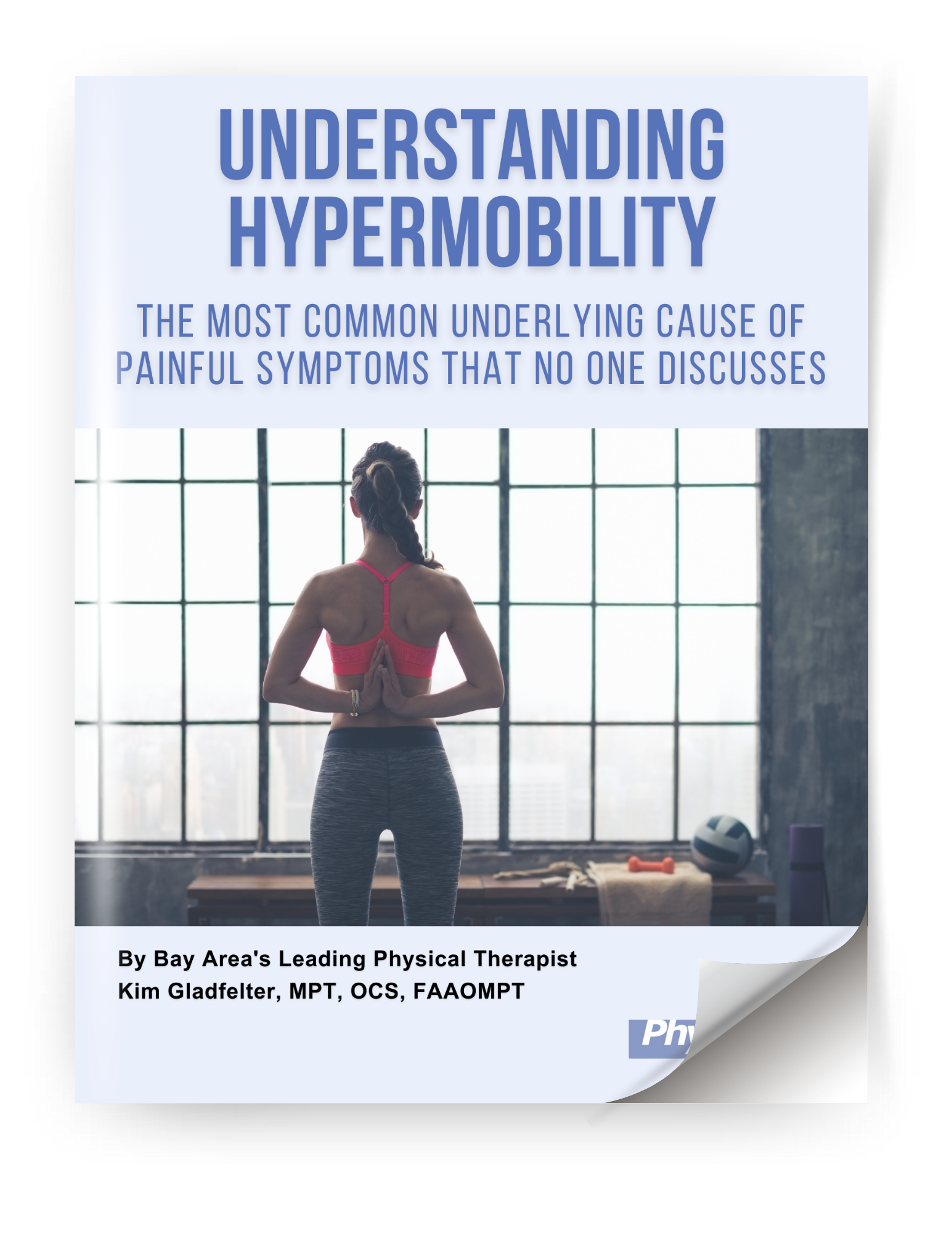What is Hypermobility?
Hypermobility refers to the ability of joints to move beyond their normal range of motion. While flexibility is generally desirable, hypermobility can be a double-edged sword. It occurs when ligaments, the connective tissues that hold joints together, are more elastic than usual. This increased elasticity allows for a greater range of motion, but it can also lead to joint instability and potential long-term issues. Hypermobility is often seen in multiple joints, making it a systemic condition that can affect various parts of the body. (Link takes you to our blog diving deeper into what areas are commonly affected and how)
How does Hypermobility affect movement?
The impact of hypermobility on movement is vast. Individuals with hypermobile joints may experience challenges in maintaining proper posture and stability. This can result in joint pain, muscle fatigue, and an increased risk of injuries. Activities such as walking, sitting, or lifting objects can become more demanding for those with hypermobility. The instability caused by hypermobility may also lead to compensatory movements, potentially causing strain on other parts of the body.
What should you avoid if you’re hypermobile?
For individuals with hypermobility, certain activities and exercises should be approached with caution. High-impact sports and activities that involve extreme joint movements should be avoided, as they can increase the risk of injuries. Overstretching and pushing joints beyond their natural limits can also exacerbate the condition. Hypermobile individuals must focus on strength training to build muscle support around joints, as this can help enhance stability and reduce the risk of complications.
How is Hypermobility diagnosed?
Diagnosing hypermobility typically involves a thorough examination by a healthcare professional. They may use a scoring system called the Beighton scale, which assesses the flexibility of specific joints. Additionally, medical history, family history, and the presence of any related symptoms are considered. In some cases, imaging studies like X-rays or MRI scans may be conducted to evaluate joint structures and identify any signs of damage or instability.
Is there a cure?
While there is no cure for hypermobility, managing the condition is possible through a combination of lifestyle modifications, physical therapy, and, in some cases, medications to alleviate symptoms. The focus is often on building strength and stability to support the affected joints. Individuals with hypermobility need to work closely with healthcare professionals, including physical therapists and rheumatologists, to develop a personalized treatment plan. With proper management, individuals with hypermobility can lead active and fulfilling lives, minimizing the impact of the condition on their daily activities.
Ready for a deeper dive?
Check out our next post about Hypermobility: How it Affects Your Body And Causes Pain
Get Your Free Guide on Hypermobility!
PhysioFit is here for you. #MoveBetterLiveBetter
Learn how we can help you! Call or text us at (650) 265-2414
 ABOUT THE AUTHOR
ABOUT THE AUTHOR
Kim Gladfelter, MPT, OCS, FAAOMPT
Women's Health Physical Therapy Specialist at PhysioFit Physical Therapy & Wellness
Kim Gladfelter is a physical therapist, Pilates instructor, educator, author, and co-founder of PhysioFit Physical Therapy & Wellness. She is known as a keen, well-rounded expert of healing through movement and women’s health specialist in the Silicon Valley area.
Kim has helped men and women of all ages to stay active and feel their best. She also writes about managing pain in her health columns, blogs and the local Los Altos Town Crier newspaper as well as reaches out to the local community, support groups, schools, libraries, and sports centers to advise and educate on body awareness and therapeutic exercise.

 Los Altos, CA
Los Altos, CA


